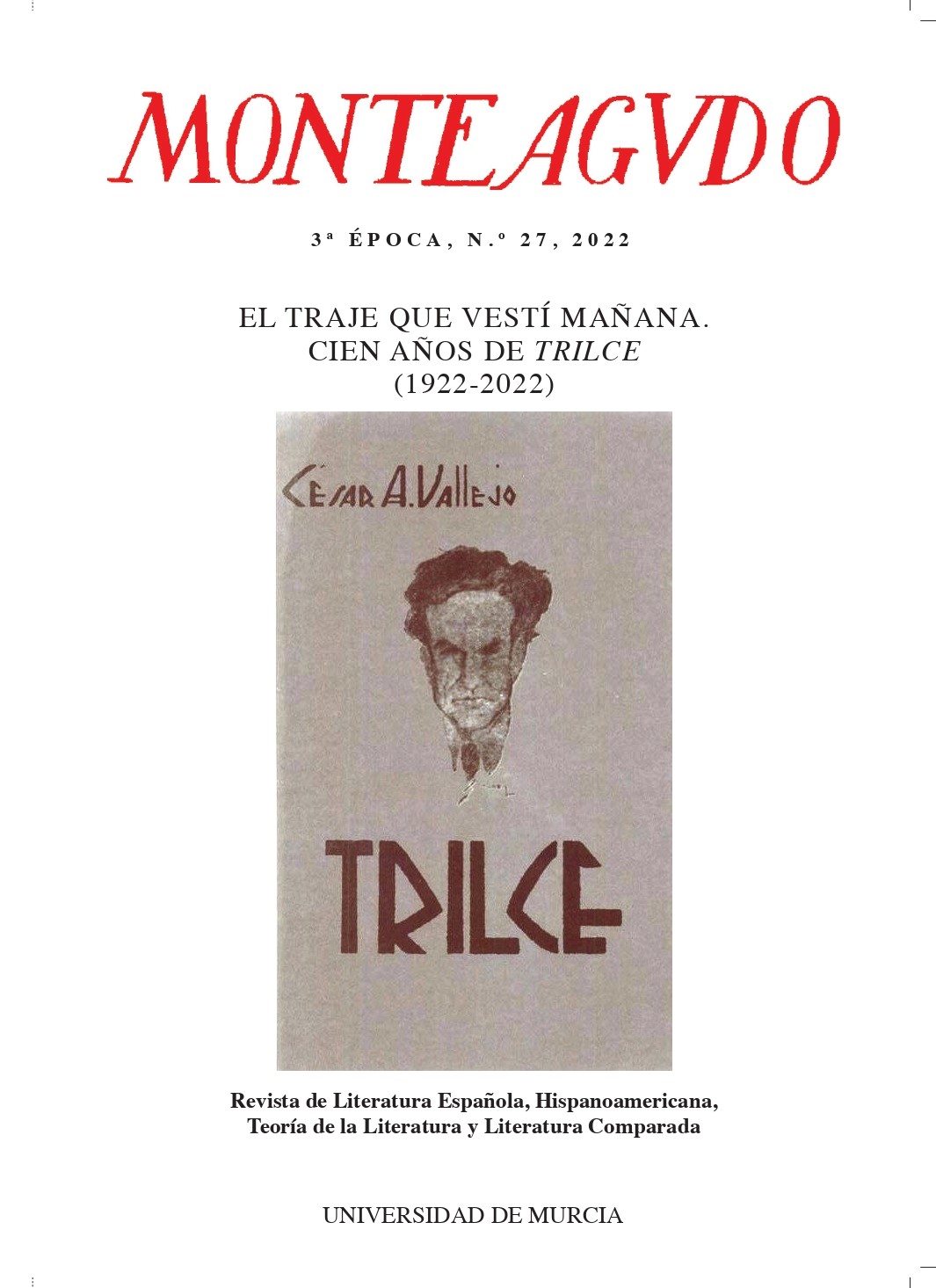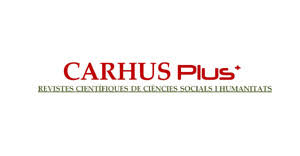Renaissance, by Javier Moreno: A transcultural humanism of Eleusinian passions
Abstract
This article presents an analysis of the book of poems Renacimiento by the Spanish writer Javier Moreno (published by Icaria, 2009). It aims at showcasing a poetics that, though deeply rooted in the reality of the 21st century, still navigates time and space with the goal of creating an analogy with the ancient orphic rituals of rebirth from Eleusis. Based on the idea of a current transcultural humanism, this reading emphasizes, amongst others, the philosophical, geopolitical or technological connections between mythic times and our present. Ultimately, Renacimiento offers a poetic proposal that reactivates ancient Eleusian mythologies in our current digital and sociocultural scenario. This is one in which, according to the French philosopher Michel Maffesoli, “mysticism and technology are perpetually reunified”
Downloads
-
Abstract391
-
PDF (Español (España))620
References
Brea, José Luis (2011). Las tres eras de la imagen. Madrid, Akal.
Castro Córdoba, Ernesto (2011). “Mallas de protección: la codificación del yo en la Era Comunicativa”. En Mora, Vicente Luis (ed.). Redacciones. Salamanca, Caslon, 19-45.
Constable, Catherine (2006). “Baudrillard reloaded: interrelating philosophy and film via The Matrix Trilogy”. Screen, 47 (2), 233-249.
Corbin, Henri (1981). Creative Imagination in the Sufism of Ibn ’Arabi. Princeton, Princeton University Press.
García, Eduardo (2005). Hacia una poética del límite. Valencia, Pre-Textos.
Hirsberger, Johaness (1971). Historia de la filosofía. Barcelona, Herder.
Jay, Martin (1993). Downcast Eyes: The Denigration of Vision in Twentieth-Century French Thought. Berkeley, University of California Press.
Kraemer D’Annunzio, Sonia (2003). “La anunciación a María como modelo hermenéutico de la unión de los contrarios o coincidentia oppositorum”. Boletín del Archivo Arquidiocesano de Mérida, 25, 205-227.
Maffesoli, Michel (2008). Iconologías. Nuestras idolatrías postmodernas. Barcelona, Península.
Martín Prada, Juan (2016). “Nuevas egologías mediáticas”. Re-Visiones, 6, s.p.
Molinuevo, José Luis (2004). Humanismo y nuevas tecnologías. Madrid, Alianza.
Mora, Vicente Luis (2007). La luz nueva. Singularidades en la narrativa española actual. Córdoba, Berenice.
Mora, Vicente Luis (2009). “Letras sin imprenta. Ciberliteratura, blogs, narrativas cross-media”. En Rico, Francisco, Gracia, Jordi y Bonet, Antonio (eds.). España Siglo XXI. Literatura y Bellas Artes (Volumen 5). Madrid, Biblioteca Nueva, 313- 356.
Moreno, Javier (2008). Click. Barcelona: Candaya.
Moreno, Javier (2009). Renacimiento. Madrid, Icaria.
Pérez Tapias, José Antonio (2003). Internautas y náufragos. La búsqueda del sentido en la cultura digital. Madrid, Trotta.
Rodríguez-Gaona, Martín (2010). Mejorando lo presente. Poesía española última: posmodernidad, humanismo y redes. Madrid, Caballo de Troya.
Savater, Fernando (2008). La aventura de pensar. Barcelona, Debate.
The works published in this journal are subject to the following terms:
- The Publications Service of the University of Murcia (the publisher) retains the property rights (copyright) of the published works, and encourages and allows their reuse under the license of use indicated in point 2.
© Publications Service, University of Murcia, 2011
- The works are published in the electronic edition of the journal under a Creative Commons Attribution-NonCommercial-NoDerivatives 3.0 Spain license (legal text). They may be copied, used, distributed, transmitted and publicly displayed, provided that: i) the authorship and the original source of their publication (journal, publisher and URL of the work) are cited; ii) they are not used for commercial purposes; iii) the existence and specifications of this license of use are mentioned.







